The WMAP Only Had A 9 Year Mission. It Was Deactivated October 28, 2010 After 9 Years, 1 Month And 19
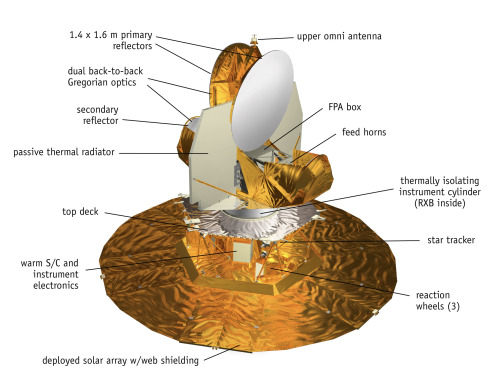
The WMAP only had a 9 year mission. It was deactivated October 28, 2010 after 9 years, 1 month and 19 days in space collecting data to help Scientists make some of the most awesome discoveries in the last several decades of mankind.
http://astronomyisawesome.com/universe/the-age-of-the-universe/
More Posts from Smartler and Others

Rough night? Here’s a GIF of Charlie Brown coming across Snoopy for the first time
funny tumblr [via imgur]



When can I see the supermoon eclipse tomorrow night?
On Sunday night, people in parts of western Europe, western Africa, North America and all of South America will be able to see a lunar eclipse. And this one’s extra special, because the moon will be at its perigee – the closest it gets to Earth. Not only will the moon turn red (learn why it turns red here) it will seem larger than usual.
In the first GIF I’ve listed the times the moon will enter Earth’s faint shadow (the penumbra) and then its darker, red-tinted shadow. You can figure out exact times for your location using the U.S. Naval Observatory’s handy calculator.
The second GIF shows the eclipse from another perspective - looking down on Earth’s north pole. This is to scale. It always surprises me to see how far apart the moon (the white dot) and earth (the blue circle) really are. The sun is off screen to the right, casting a long shadow. The colored lines radiating from earth show the approximate horizon lines in the four time zones. Once the lines pass, the moon is visible. Everyone in the contiguous US will be able to see the eclipse, but only people in the Easter and Central time zones will be able to see it start.
(If you want this information in song, some awesome sixth graders from Old High Middle School in Arkansas updated my eclipse song from last year. Or check out this completely original and funny song by Scarlett Simmons).
all too well was requested so i decided to try something different.
imagine: all too well as a voicemail.
use headphones






I almost forgot about my favorite High School Musical dancer (x)
Actually crying with laughter.
New video on the Hubble Sequence! Had a lot of fun making this one, enjoy!
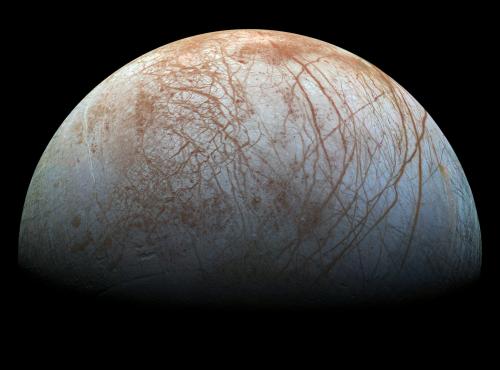

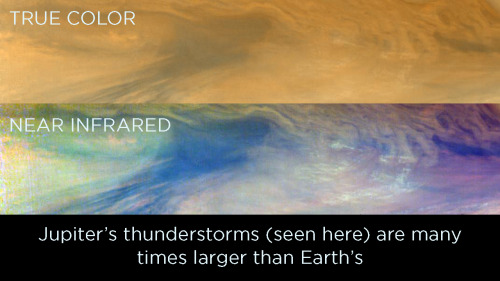
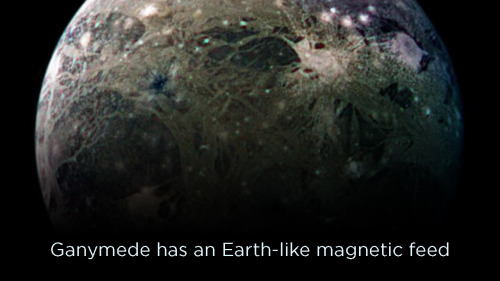
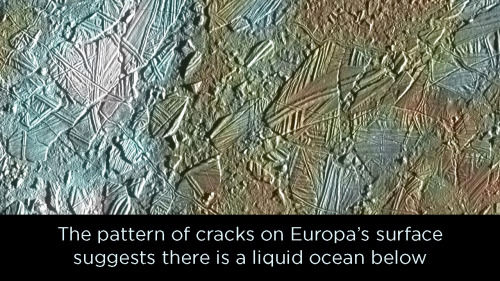
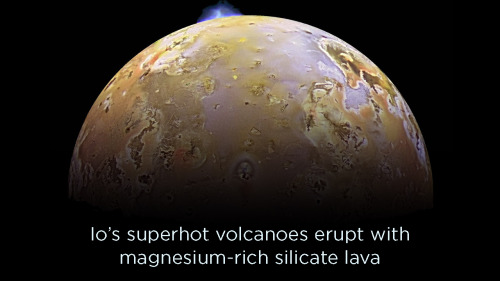
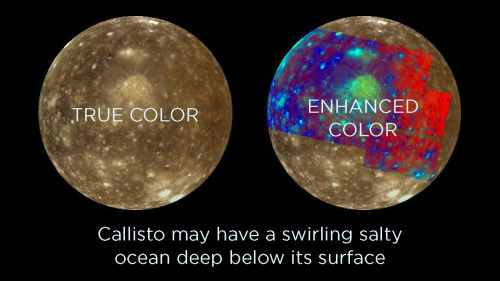
Galileo became the first spacecraft to orbit Jupiter on December 7, 1995. For years it gathered incredible images and data. As Galileo began to malfunction and lose power, NASA decided to destroy it intentionally, avoiding the possible transfer of Earth bacteria onto any of Jupiter’s moons via an accidental collision. The probe slammed into Jupiter on September 21, 2003 traveling more than 100,000 miles per hour.
Tonight: A Supermoon Lunar Eclipse
(via APOD; Video Credit: NASA’s GSFC, David Ladd (USRA) & Krystofer Kim (USRA) )
Tonight a bright full Moon will fade to red. Tonight’s moon will be particularly bright because it is reaching its fully lit phase when it is relatively close to the Earth in its elliptical orbit. In fact, by some measures of size and brightness, tonight’s full Moon is designated a supermoon, although perhaps the “super” is overstated because it will be only a few percent larger and brighter than the average full Moon. However, our Moon will fade to a dim red because it will also undergo a total lunar eclipse – an episode when the Moon becomes completely engulfed in Earth’s shadow. The faint red color results from blue sunlight being more strongly scattered away by the Earth’s atmosphere. Tonight’s moon can also be called a Harvest Moon as it is the full Moon that occurs closest to the September equinox, a time signaling crop harvest in Earth’s northern hemisphere. Total eclipses of supermoons are relatively rare – the last supermoon lunar eclipse was in 1982, and the next will be in 2033. Tonight’s supermoon total eclipse will last over an hour and be best visible from eastern North America after sunset, South America in the middle of the night, and Western Europe before sunrise.
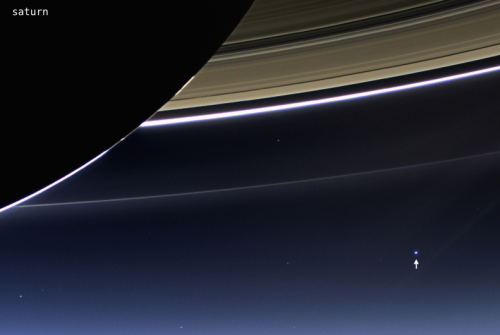
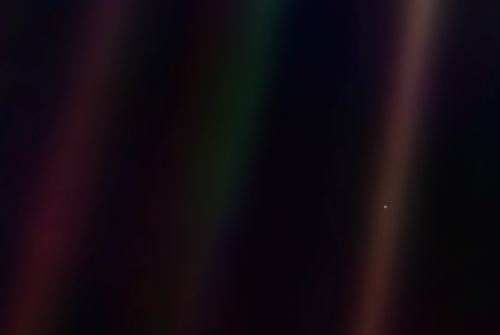
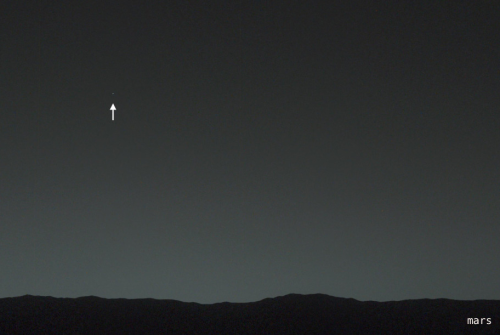
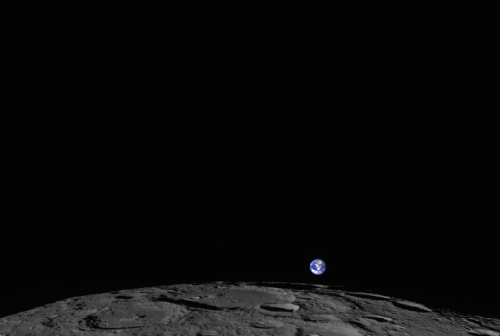
“look again at that dot. that’s here. that’s home. that’s us. on it everyone you love, everyone you know, everyone you ever heard of, every human being who ever was, lived out their lives.
“the earth is a very small stage in a vast cosmic arena. think of the endless cruelties visited by the inhabitants of one corner of this pixel on the scarcely distinguishable inhabitants of some other corner, how frequent their misunderstandings, how eager they are to kill one another, how fervent their hatreds.
“our posturings, our imagined self importance, the delusion that we have some privileged position in the universe, are challenged by this point of pale light. our planet is a lonely speck in the great enveloping cosmic dark. in our obscurity, in all this vastness, there is no hint that help will come from elsewhere to save us from ourselves.
“the earth is the only world known so far to harbour life. there is nowhere else, at least in the near future, to which our species could migrate. visit, yes. settle, not yet. like it or not, for the moment the earth is where we make our stand.
“there is perhaps no better demonstration of the folly of human conceits than this distant image of our tiny world. to me, it underscores our responsibility to deal more kindly with one another, and to preserve and cherish the pale blue dot, the only home we’ve ever known.”
- carl sagan
photos taken from cassini in 2013 when 1.5 billion km from earth; voyageur 1 in 1990 when 6 billion km; mars rover curisoity in 2014 when 160 million km; and the lunar reconnaissance orbiter in 2014, when the moon was 403,473 km away from earth, or near apogee.
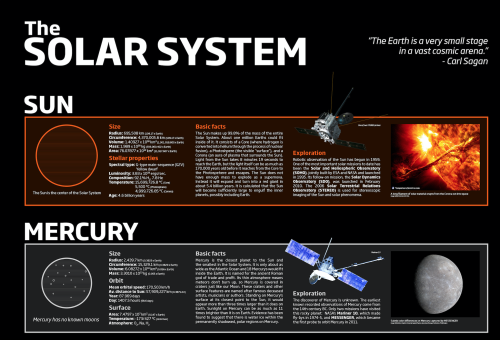
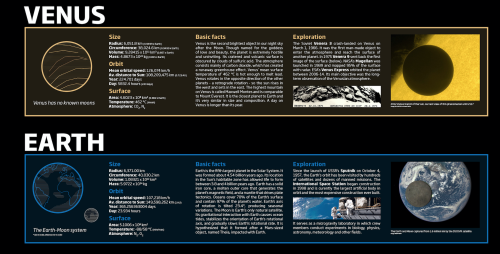
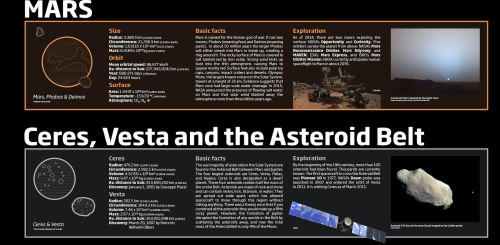
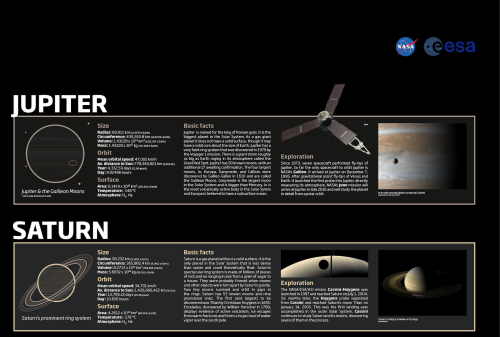
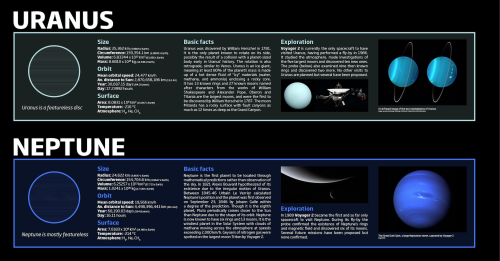
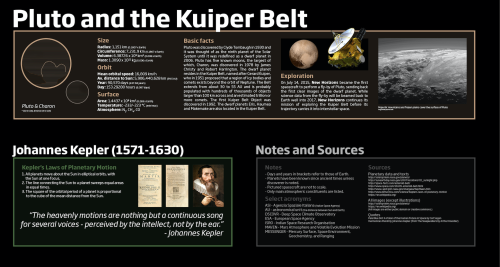
The Solar System
-
 ineedspacex-blog reblogged this · 9 years ago
ineedspacex-blog reblogged this · 9 years ago -
 darlantenorio liked this · 9 years ago
darlantenorio liked this · 9 years ago -
 tan-pantyhose-qweensize liked this · 9 years ago
tan-pantyhose-qweensize liked this · 9 years ago -
 cosmicfunnies liked this · 9 years ago
cosmicfunnies liked this · 9 years ago -
 jdr1966 liked this · 9 years ago
jdr1966 liked this · 9 years ago -
 wayne-pinkston liked this · 9 years ago
wayne-pinkston liked this · 9 years ago -
 bhlissity liked this · 9 years ago
bhlissity liked this · 9 years ago -
 randyranks liked this · 9 years ago
randyranks liked this · 9 years ago -
 winternimbus reblogged this · 9 years ago
winternimbus reblogged this · 9 years ago -
 astronomyandastrophotography reblogged this · 9 years ago
astronomyandastrophotography reblogged this · 9 years ago -
 stephenkoop-blog liked this · 9 years ago
stephenkoop-blog liked this · 9 years ago -
 blrmagic liked this · 9 years ago
blrmagic liked this · 9 years ago -
 hedminreg liked this · 9 years ago
hedminreg liked this · 9 years ago -
 thefunkiejunkie-blog reblogged this · 9 years ago
thefunkiejunkie-blog reblogged this · 9 years ago -
 thefunkiejunkie-blog liked this · 9 years ago
thefunkiejunkie-blog liked this · 9 years ago -
 scheduled-procrastination liked this · 9 years ago
scheduled-procrastination liked this · 9 years ago -
 smartler reblogged this · 9 years ago
smartler reblogged this · 9 years ago -
 smartler liked this · 9 years ago
smartler liked this · 9 years ago -
 spacegirl1339 liked this · 9 years ago
spacegirl1339 liked this · 9 years ago -
 mooneyezstargazer liked this · 9 years ago
mooneyezstargazer liked this · 9 years ago -
 astronomy-is-awesome reblogged this · 9 years ago
astronomy-is-awesome reblogged this · 9 years ago